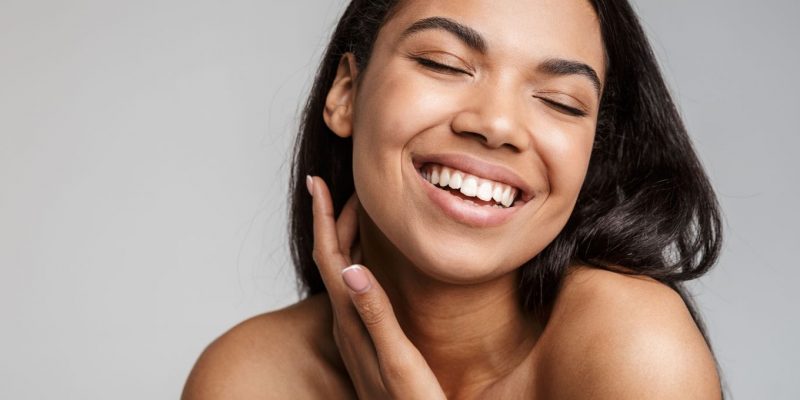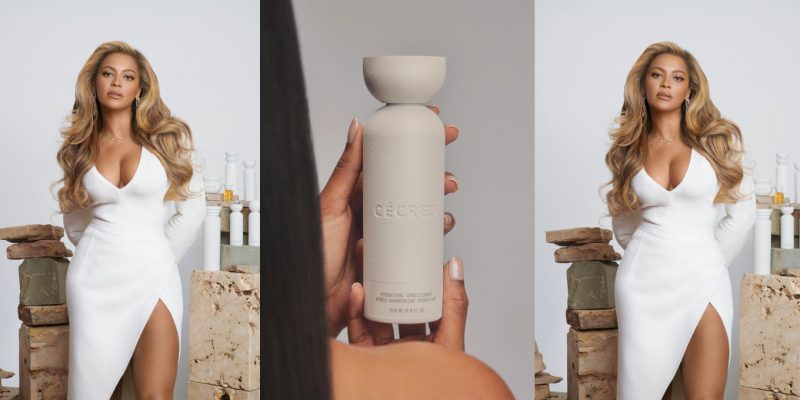Skincare
Everything You Need to Know About Thread Lifting
The latest skin-rejuvenating procedure is now approved in Canada.
by : Melissa Fejtek- Jul 16th, 2021
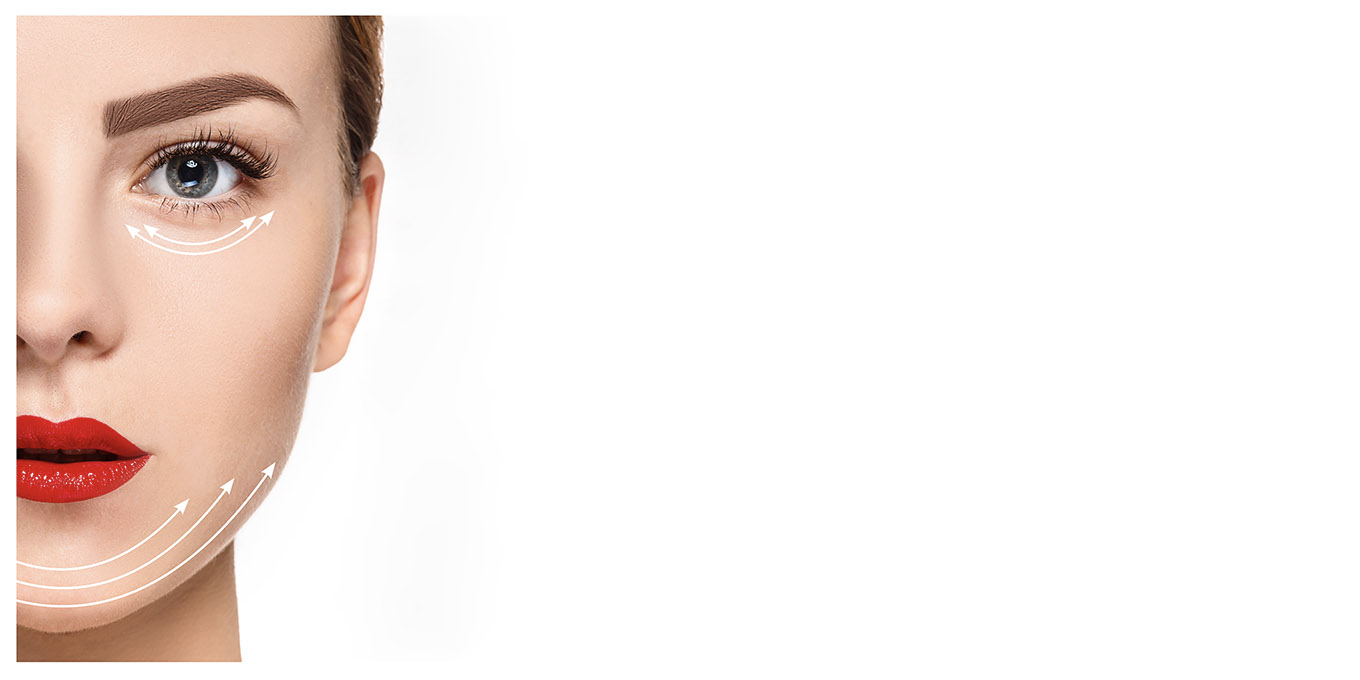
Getty Images
For many years, “thread lifting” has been in the beauty spotlight. Back in 2016, Eva Longoria took to Snapchat to document her “painful” threading experience, catching the attention of media outlets internationally. The procedure was even touted on Gwyneth Paltrow’s very own goop as “the future of face-lifts” (arguably a rite of passage these days). But the thread lifts of yesteryear aren’t quite like the ones available today. Thanks to technological advances, modern non-surgical thread lifts are longer-lasting, virtually painless, and can actually help build collagen in the face. And while absorbable thread lifts are new to the Canadian market, Canadian-board certified surgeon Dr.Basil Hassouneh, who heads medi-spa D Luxe Lab, located in Yorkville, Toronto, has been building his experience with thread lifting for over a decade, practising with this new technology for three years in Dubai. We chatted with Dr.Basil to get the scoop on thread lifts.
What exactly is thread lifting?
Thread lifting is a “noninvasive procedure that provides lifting to the deep tissue of the face,” says Dr. Basil. Traditionally, two types of threads have existed: permanent, which are made of synthetic materials that stay within the body, and nonpermanent, which are absorbed by the body over time. Early in the development of threads, permanent material was favoured for its long-term lifting effects, says Dr. Basil. The drawback? Over time, permanent sutures have the tendency to loosen up, and often need to be readjusted and tightened. On the flip side, today’s threads use non-permanent sutures that allow the body to build collagen over time. Plus, with every thread-lifting session, you can cater the vector – in other words, the direction of the pull – to suit your face as it naturally ages.
How can thread lifts help boost collagen?
The sutures used in thread lifts are identical to the sutures used in surgeries to fix hernias, repair muscle tendons, and are even used in orthopedic surgery, according to Dr. Basil. “These sutures cause inflammation. That brings new cells to break down the threads, which are replaced with fibrous tissue, [also known as] collagen.” Facial threading relies on the same process. “You cause a little bit of chronic inflammation in the area. That inflammation subsides quickly, and then the thread material is gradually replaced with collagen.” If you repeat the process enough times, says Dr. Basil, collagen builds up, gradually lifting your face in the direction of the threads.
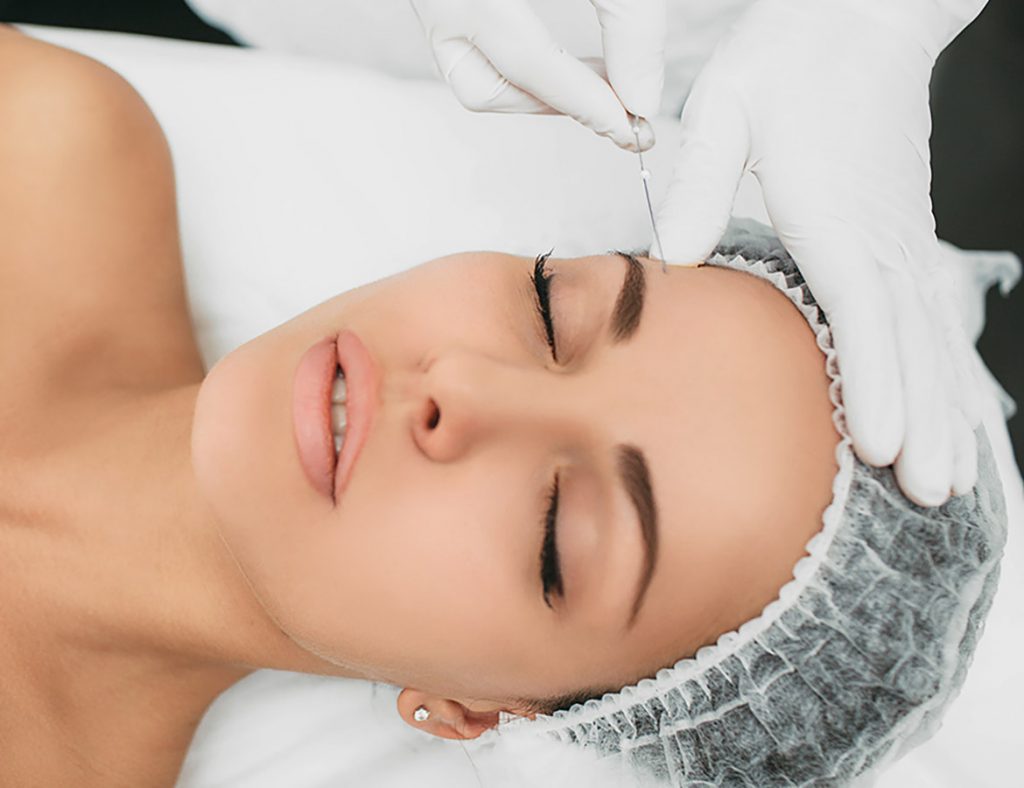 Getty Images
Getty ImagesWhere are the threads placed?
Typically, one or two threads are placed within the hair area, around the sideburns and temple. These particular areas contain enough fascia (a fibro-fatty layer attached to the skin) to serve as a strong anchoring point and create a substantial lifted effect. What can change, says Dr. Basil, is the direction of the pull, depending on the shape of your face and the way it naturally descends. Rounder faces tend to benefit from an oblique vector, as a complete vertical pull can create a wider appearance, whereas a vertical lift suits slimmer faces.
Is thread lifting like a brow lift?
Not exactly. While you can *technically* get a thread lift on your brow area, the results won’t last nearly as long. “The brow is a very dynamic area,” says Dr. Basil. We use this area to squint, and smile and express emotions like surprise and shock which creates movement, meaning the threads will dissolve at a faster rate. The takeaway: if you’re after the Bella Hadid-esque ultra-lifted brow, you may be better off with a surgical brow lift that requires non-dissolving sutures.
Who is the ideal candidate?
“Those who have shown some signs of laxity and descent, but it’s not too bad that they need surgery” says Dr. Basil. To achieve the best result, he typically recommends the procedure for those in their 40s to mid-50s. “But it depends. We don’t all age the same way,” he says. If you have extra skin that you can pinch with your hands, then facial threading may not be the most suitable treatment. “If there’s enough laxity, you may need to remove skin [to achieve a lifted effect].” For those with round faces, thread lifting also makes a great alternative to cheek fillers, as it lifts without adding any extra volume.
How long do the effects last?
It depends. “It’s important to know that longevity depends on your individual body,” says Dr Basil. Factors like your metabolism and activity level can determine how quickly the body absorbs and integrates the threads. “If you’re very expressive, they may loosen more quickly” On average, he says, threads last between about six months, but they could last up to a year. After that, they gradually soften as the body absorbs them.
Can I still get Botox and fillers?
Good news: thread lifts play well with neuromodulators (i.e. Botox and Dysport) and fillers (i.e. Belotero and Juvederm) alike. In fact, he says, thread lifts can work best in combination with other procedures. “First we’ll think about volume replacement. So if your face has lost volume, we might use one or two units of filler and one thread on each side. It works well if you’re replacing volume with filler and using threads to lift – it decreases the amount of filler that you need.” And while threads, neuromodulators and dermal filler can all provide a rejuvenating effect, choosing which one is best for you really depends on your face and the areas you’d like to target.
How long does the procedure take?
The treatment itself takes roughly 30 minutes. However, the length of the procedure depends on areas that are being treated and the number of threads that are being used. Chances of complications and allergic reaction are low, similar to what you’d expect when getting facial fillers.
What about aftercare?
Expect minimal bruising and swelling, which can last up to five days. To minimize swelling, Dr. Basil recommends icing the area for the first day or two. You may experience slight tenderness while chewing, which can be treated with ibuprofen. He advises to avoid heavy exercise and weight lifting for about a week, until the threads become fully integrated. Within one to two weeks, all normal activity can be resumed, including cosmetic procedures like facial peels.
Read more:
Skin Savers: Here’s Your 101 to Sun Protection
Here’s the Secret Behind Halle Berry’s Ageless Grace
Everything You Need to Know About Putting Castor Oil on Your Lashes
Newsletter
Join our mailing list for the latest and biggest in fashion trends, beauty, culture and celebrity.
Read Next
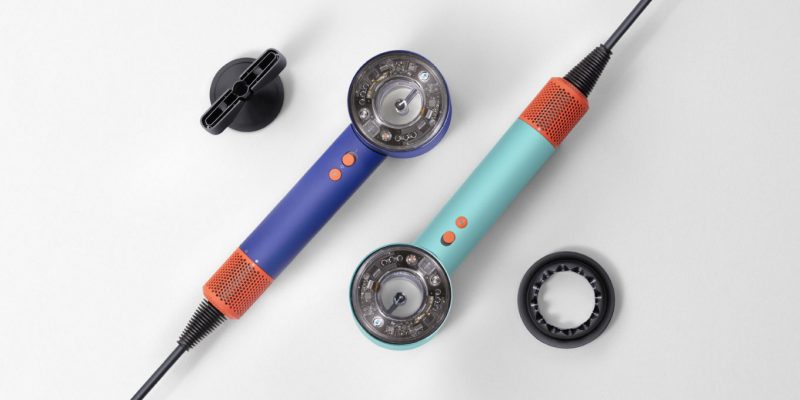
Beauty
Dyson Just Launched Its Most Intelligent Hair Dryer Yet
Get ready to upgrade your blowout game.
by : Lauren Knowles- Apr 25th, 2024

Fashion
Meredith Shaw Created a Plus-Size Summer Dress Collection That "Feels Like Candy"
The morning show host joined forces with PENN. to create a curated collection for sizes 14-32.
by : Allie Turner- Apr 25th, 2024

Beauty
Summer Prep: How to Feel Confident in Your Swimsuit
New Size-Inclusive Swimwear: Gillette Venus partners with The Saltwater Collective to Launch a Collection for Any Body
by : ELLE Canada- Apr 24th, 2024

